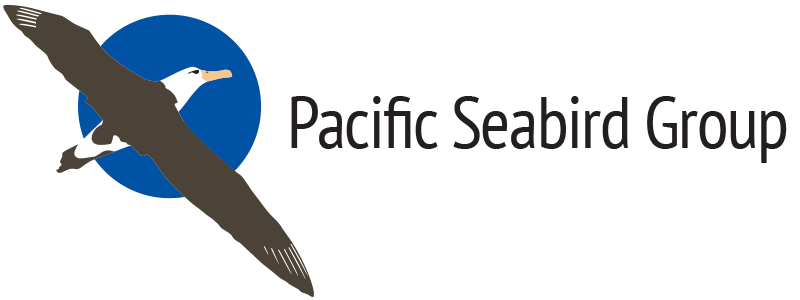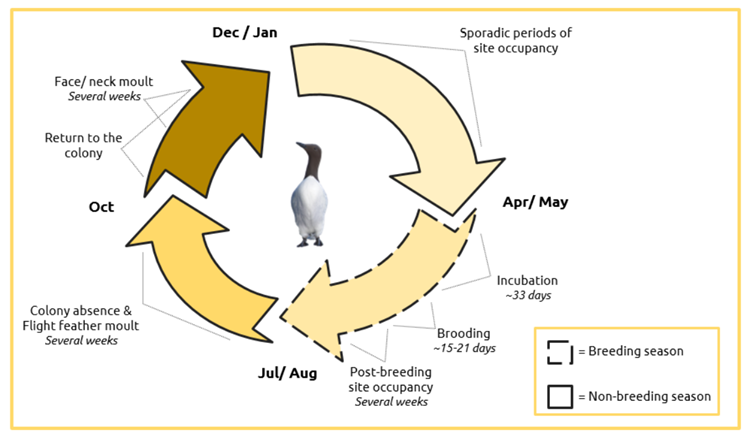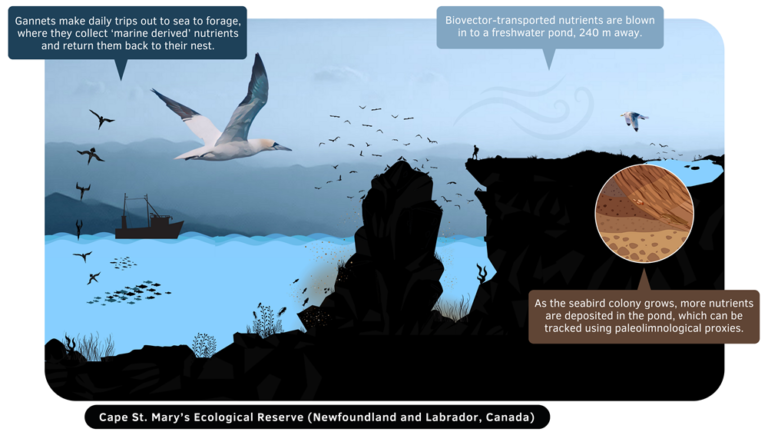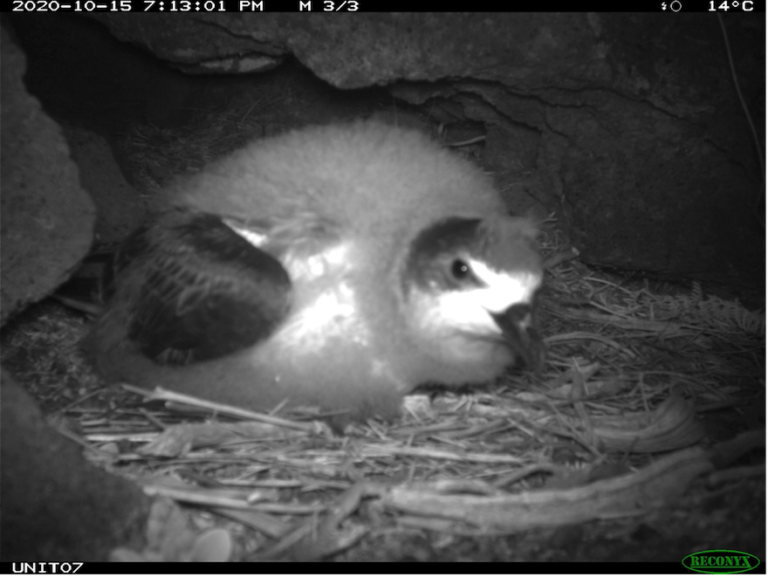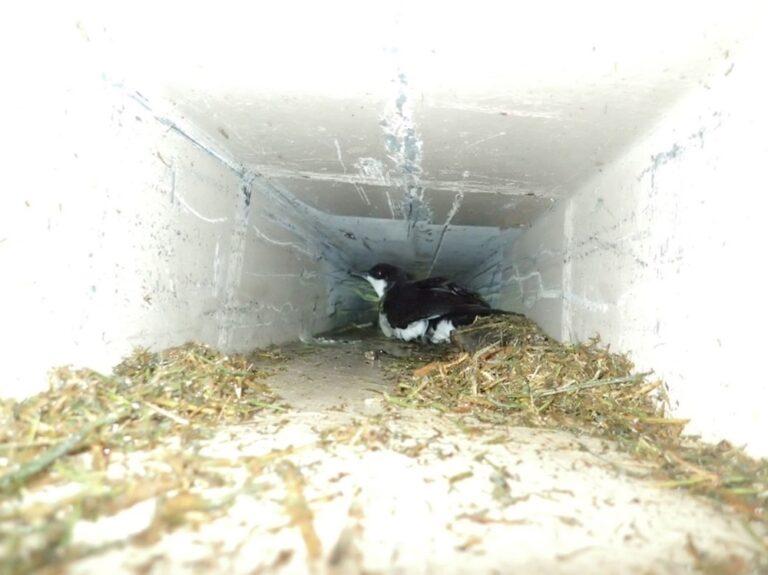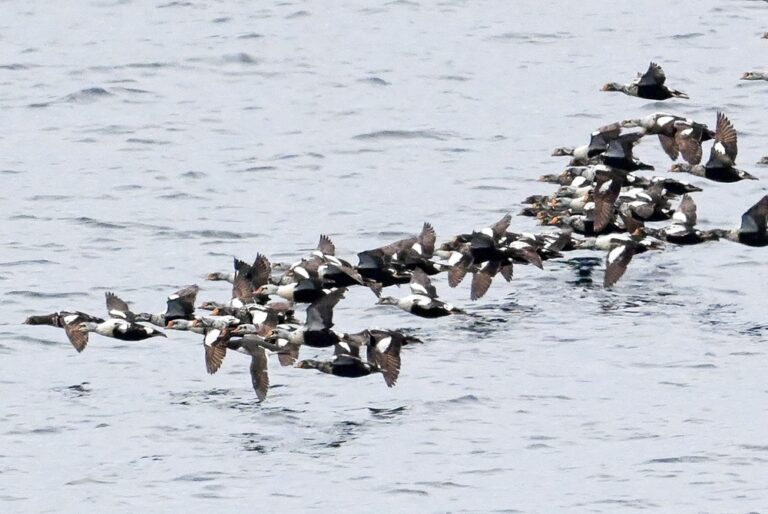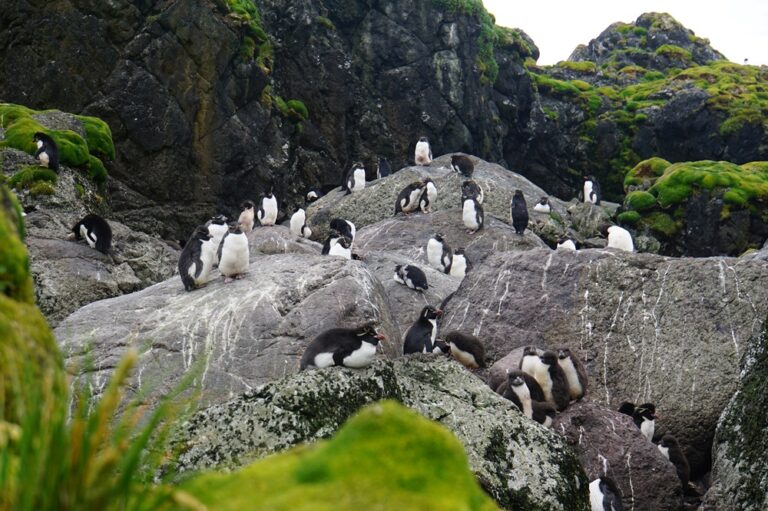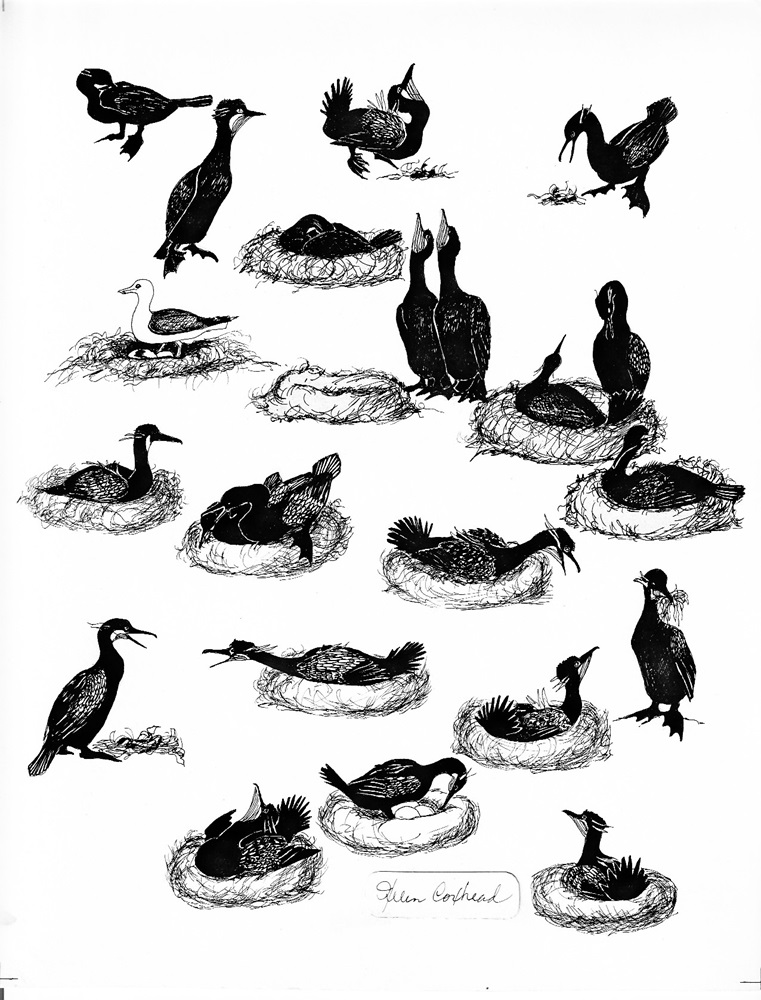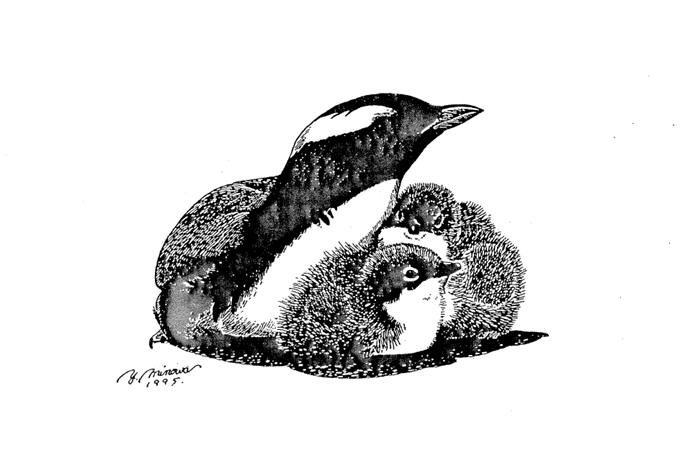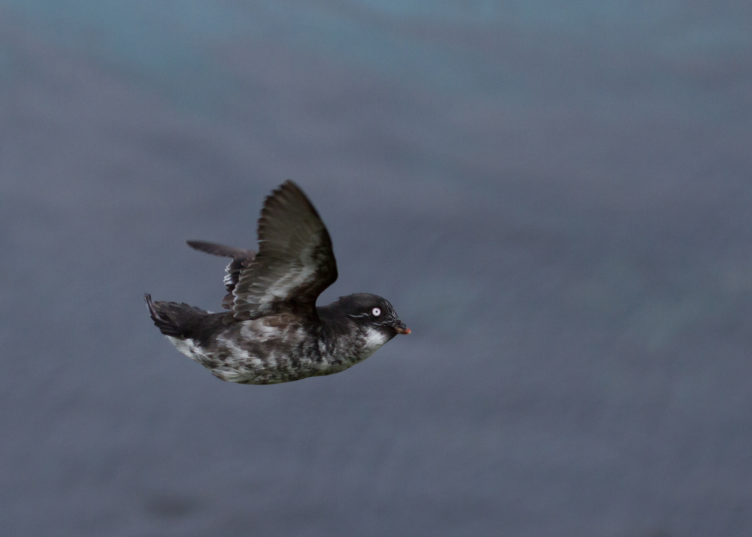Insights into the year-round behaviour of common murres at breeding sites
To investigate why birds return to their breeding sites over winter, and investing so much time in doing so, we set out to test how site occupancy in the non-breeding season related to site quality, breeding timing, and breeding success of murres on the Isle of May in Scotland.
